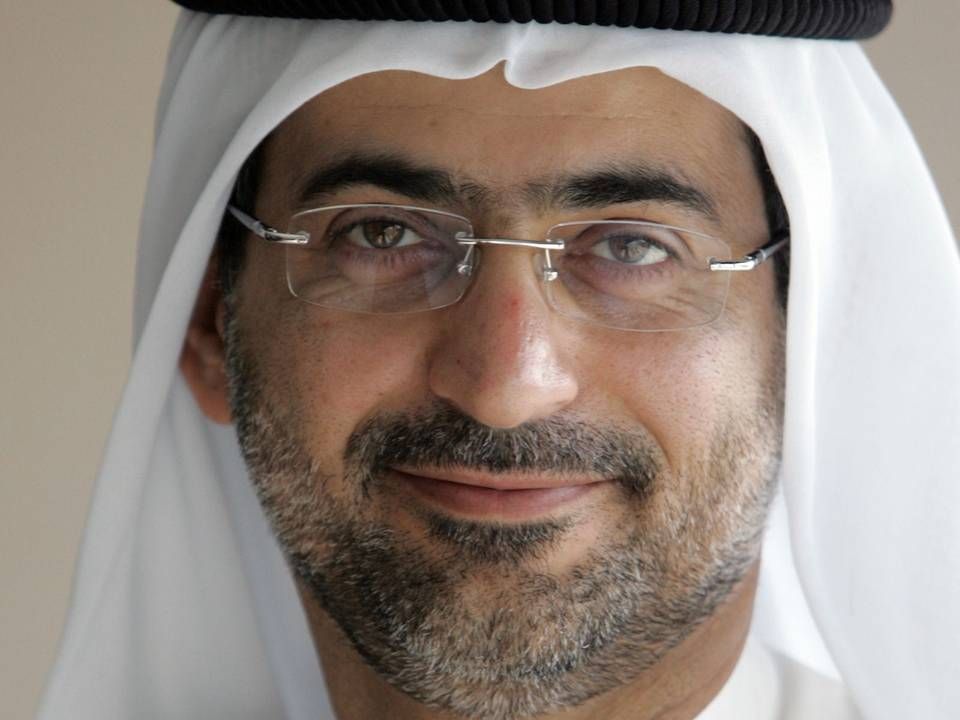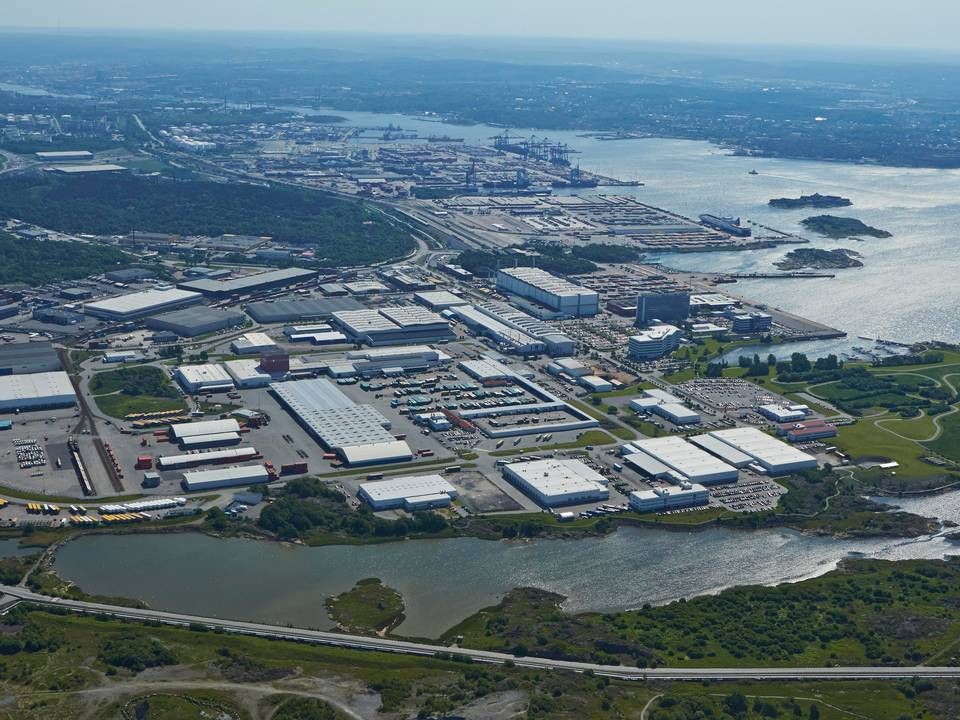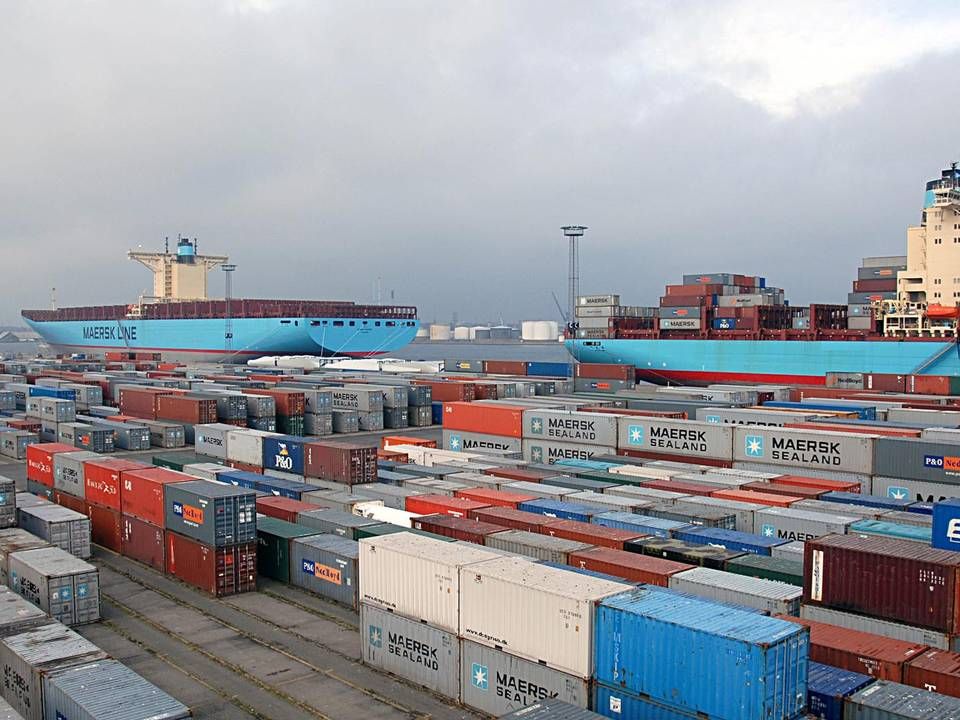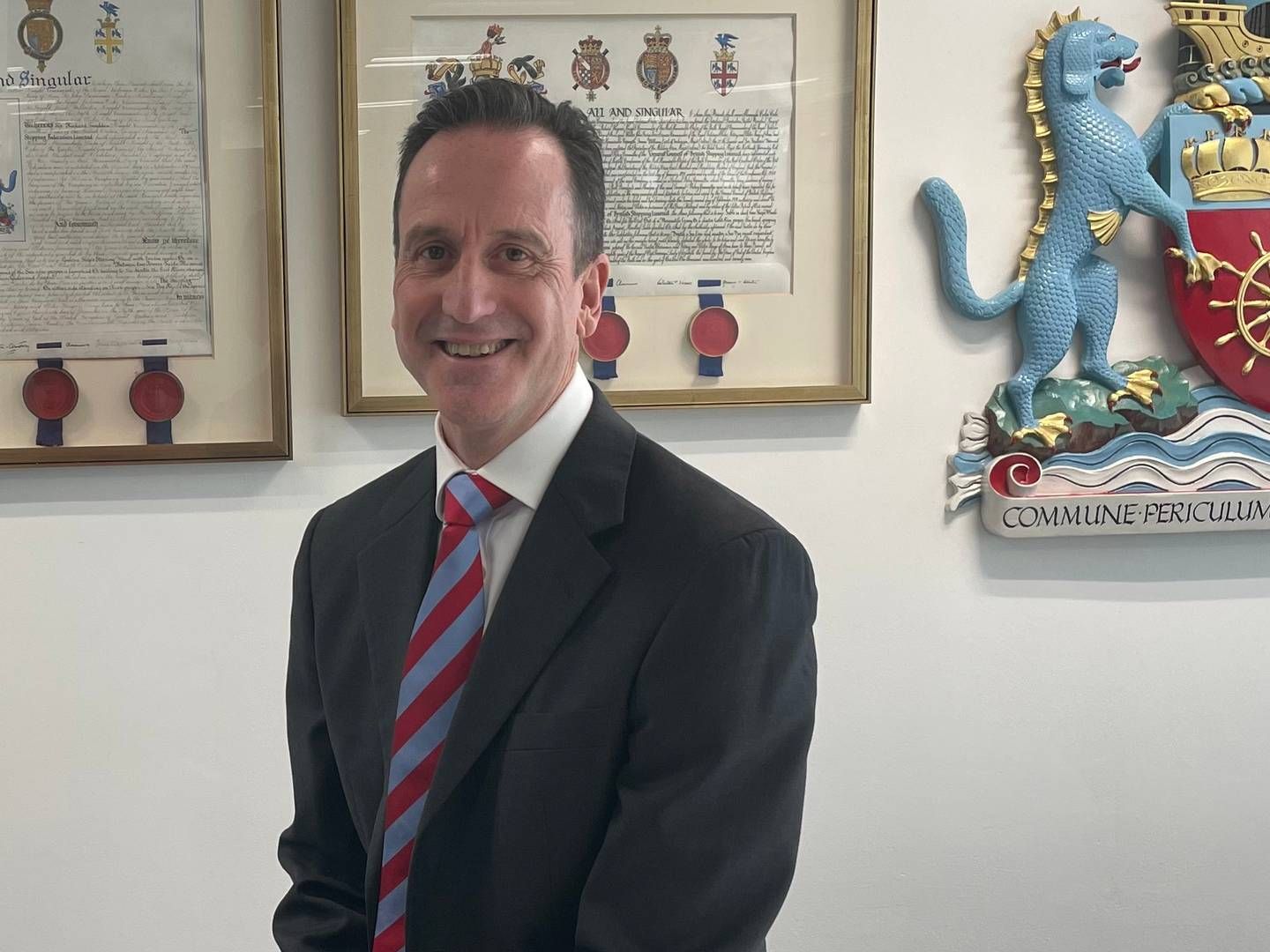Kim Fejfer: Mega-ships force ports to more investments
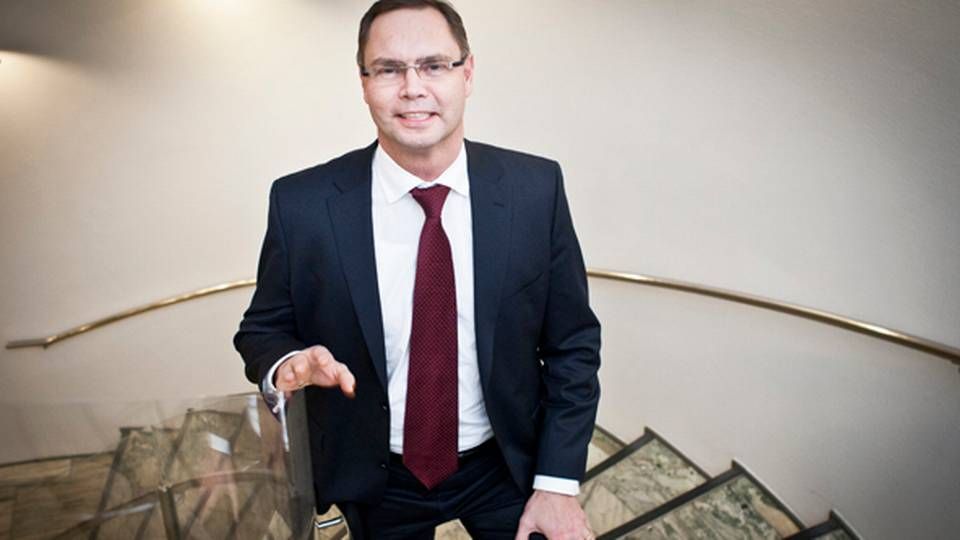
The number of ultra-large ships that can transport upwards of 20,000 teu will not decline in the coming years. Quite the opposite. And this represents a challenge to ports around the world, says Kim Fejfer, CEO of Maersk's port business APM Terminals, in an interview with ShippingWatch.
"There is generally a strong need for upgraded infrastructure in many parts of the world. The carriers are contracting ships that are getting bigger and bigger. The biggest ships of up to 20,000 teu will be deployed on the key trades from Asia to Europe. The ships that were used before will be cascaded to smaller trades, so there's a push going through the entire system which means that port operators have to service bigger ships," he explains.
"There's going to be a need for more quay space, bigger cranes with taller reach. Deeper port basins and more efficient inland logistics."
In January, for instance, Maersk Line's 2M-partner MSC took delivery of container ship MSC Oscar of 19,100 teu, and according to Alphaliner, already within the next few months Asian carriers are expected to place orders for new 18,000 - 20,000 teu ships.
A total of 69 new ultra-large ships will be delivered in the period from late 2014 and throughout 2015, a majority of which are expected to be deployed on the Asia-Europe services, thus further pushing the balance on the smaller trades when the already large ships of 10,000 to 13,000 teu are moved to other trades. A development that numerous ports will have to deal with and upgrade towards in order to withstand pressure from the ships, says Kim Fejfer.
Port giant PSA handled 5.8 percent more teu in 2014
Upgrades are, however, well underway on the key trade from Asia to Europe. Today around eight of APM Terminals' ports on Asia-Europe are able to service a fully-loaded Triple-E ship from Maersk Line, the first of which was delivered to the carrier in the summer of 2013. These ports include Shanghai, Los Angeles and Rotterdam. A a total of 16 terminals in APM Terminals' portfolio are currently being expanded or upgraded.
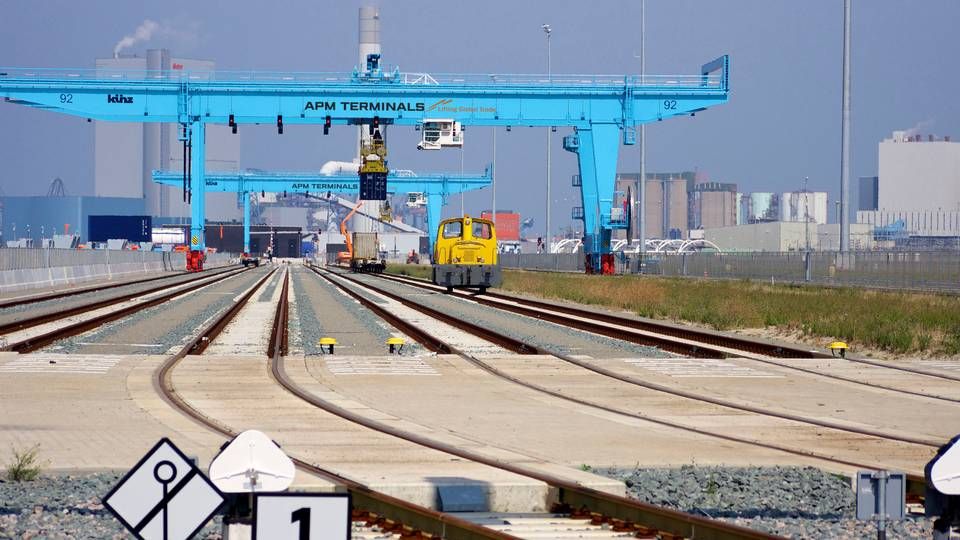
Most of these processes are focused on enabling the port operator to handle the bigger ships with the use of longer cranes and deeper port basins.
These ports include Algeciras in Spain, Gothenburg, Sweden, Qingdao in China, Salalah in Oman and Tanjung in Malaysia. All ports in which the Triple-E ships currently call, and the ports will, for instance, be equipped with new cranes, or the existing cranes will be upgraded, so that they can reach the containers that are stacked in 23 levels on the Triple-E. The terminals are able to handle the ships today, as the vessels are rarely fully loaded.
Massive investments
Kim Fejfer is not alone in seeing the challenge from the bigger ships. Numerous competitors are seeing the same trend. Tan Chong Meng, Group CEO of the world's largest terminal operator, PSA International, recently made the following comment:
"The increasingly large ships and complex alliances have also led to much greater operational demands being placed on port operators; this is a structural shift which will impact all ports as ships across all shipping routes continue to upsize."
DP World has also warned that the ports are not sufficiently equipped for the pressure, and the world's third largest port operator has performed massive investments in the port network between Asia and Europe, including the Asian ports as well as in London and Rotterdam, where DP World in collaboration with four container carriers has invested around EUR 700 million in new facilities and equipment in Maasvlakte 2.
APM Terminals does not reveal the sums the port operator is investing to upgrade the 16 terminals. But the investment in Algeciras has been made public, as one of only a few, and comes to USD 73 million, funds that will be spent on cranes and other infrastructure in the terminal. And the terminal will need to be expanded further on the long-term, he says:
"The trend is that when volumes in a port increase, and the ships are getting bigger and bigger, the pressure grows and the port will have to grow with it."
Maersk's Russian port company plummets on the stock exchange
Not all ports in the APM Terminals network in which the Triple-E ships call have been upgraded, and information from the port operator indicates that there are no planned upgrades for the time being. This applies to the German terminals Bremerhaven and Container Terminal Wilhelmshaven, which are joint venture partnerships where APM Terminals, as minority stakeholder, cannot decide the investments alone.
There are also no plans to upgrade the cranes in Aarhus, Denmark, as the port is owned by the Port of Aarhus - though the port has invested in expanding the port basin where the major ships turnaround before berthing.
DP World to invest USD 1.9 billion this year
New vehicles reduce APM Terminals' CO2 emissions
APM Terminals to strengthen activities in Turkey
Related articles
DP World to invest USD 1.9 billion this year
For subscribers
New vehicles reduce APM Terminals' CO2 emissions
For subscribers
APM Terminals to strengthen activities in Turkey
For subscribers

